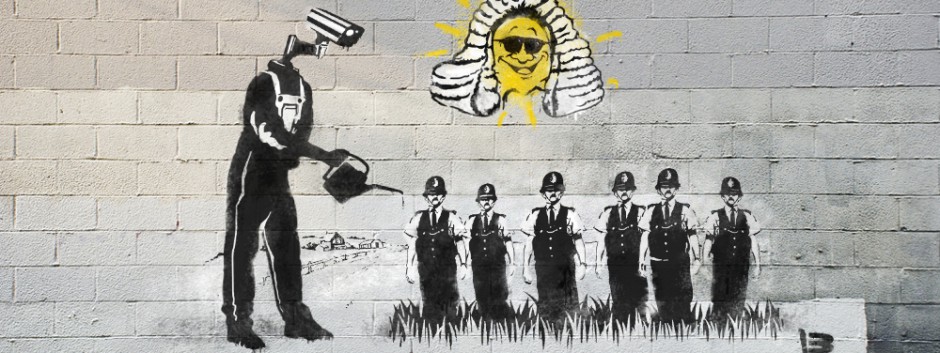In The Border Patrol State, Leslie Marmom Silko writes about growing up believing that everyone had the right to travel freely across the borders of the United States, Canada, and Mexico, and how that freedom is now policed, especially among people who are native to the land. Silko describes the United States as a police state, where no one “is free to travel without the scrutiny of the Border Patrol” (pg. 3). Anyone can be detained for probable cause. The United States is referred to as the land of the free, but its citizens and residents are not free to travel across borders without being stopped or harassed.
Although the Berlin wall has been destroyed in Europe, the United States is constructing a wall along the Mexico border (pg. 4). History has shown that borders do not work, but governments still insist on enforcing them. The only people who benefit from these walls are the contractors who are paid millions of dollars to construct them. The wall along the Mexico/US border is more of a symbol than an actual impassable barrier.
In Technological Warfare, Jason De Leon also speaks about the Mexico/US border. He writes about two men, Lucho and Memo, and their unsuccessful attempts to cross the border. De Leon also describes the shelter where migrant workers live and its conditions. Something that stood out to me in this reading was De Leon’s comparison between the expensive equipment used by the Border Patrol and the tools used by migrants trying to cross, which are equally expensive to them (pg. 155). In an attempt to cross the border, Lucho and Memo filled their respective backpacks with food and items totaling $26, which took them some time to earn.
The wall between Mexico and the United States does not stop or deter the flow of people. Ways have been found to go over, under, and through the wall. Border walls are expensive to build and cause damage to the environment (pg. 157). Again, in this reading, we see that the border wall is merely a prop. It does not stretch along the entire length of the border because that would be impossible. What the border wall does is make crossing into the United States difficult at certain points. Migrants still find a way in. It is estimated that 92 to 98 percent of crossers get through (pg.160).



